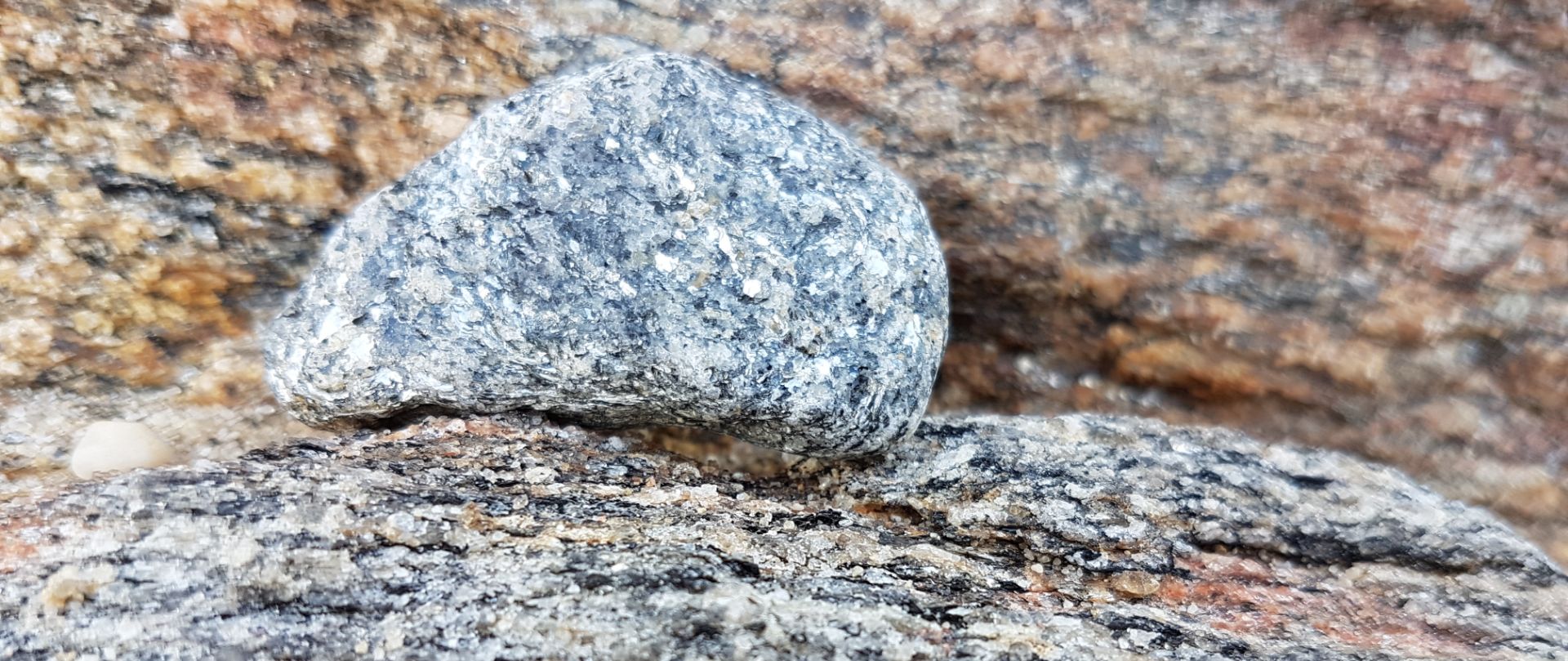Is Granite a Rock or a Mineral?
Granite is a popular material used in construction, particularly for countertops and flooring, but there is often confusion about whether granite is a rock or a mineral. Let’s explore this fascinating material in more detail to understand its composition and classification.
Granite: A Rock Composed of Minerals
To clarify, granite is a rock, not a mineral. Rocks are made up of one or more minerals, and granite is no exception. It is classified as an igneous rock, which means it forms from the cooling and solidification of molten magma beneath the Earth’s surface. This slow cooling process allows large crystals to develop, giving granite its characteristic coarse-grained texture.
The Mineral Composition of Granite
Granite is primarily composed of three main minerals:
- Quartz: Quartz is a hard, crystalline mineral that is typically clear or white. It is one of the most abundant minerals in the Earth’s crust and contributes to the hardness and durability of granite.
- Feldspar: Feldspar is a group of rock-forming minerals that make up about 60% of the Earth’s crust. In granite, feldspar is usually present in two forms: potassium feldspar (orthoclase) and plagioclase feldspar. Feldspar minerals can vary in color, contributing to the overall appearance of granite.
- Mica: Mica minerals, such as biotite and muscovite, are present in smaller quantities in granite. These minerals have a sheet-like structure and can be black, brown, or silver, adding flecks of color and a slight shimmer to the rock.
Characteristics of Granite
Granite’s mineral composition gives it several notable characteristics:
- Durability: The combination of hard minerals like quartz and feldspar makes granite highly durable and resistant to scratching and chipping.
- Variety of Colors: The different minerals in granite can create a wide range of colors and patterns, making each slab unique. Common colors include white, black, pink, and gray.
- Heat Resistance: Granite can withstand high temperatures, making it an excellent choice for kitchen countertops where hot pots and pans might be placed.
- Low Porosity: Granite is less porous than other natural stones, which means it is less likely to absorb liquids and stain, although sealing is recommended to maintain its appearance and longevity.
Granite in Everyday Use
Because of its durability and aesthetic appeal, granite is widely used in construction and design. Common applications include:
- Countertops: Granite countertops are popular in kitchens and bathrooms due to their resistance to heat and scratches.
- Flooring: Granite tiles are used in high-traffic areas because they can withstand wear and tear.
- Monuments and Buildings: Granite’s durability makes it a preferred material for monuments, gravestones, and building facades.
Conclusion
In summary, granite is a rock composed of several minerals, primarily quartz, feldspar, and mica. Its unique combination of minerals gives granite its distinctive appearance and desirable properties, such as durability, heat resistance, and low porosity. Understanding that granite is a rock made up of various minerals helps clarify why it is such a valued material in construction and design. Whether you’re admiring a granite countertop or walking on a granite floor, you are experiencing the beauty and strength of this incredible natural rock.


